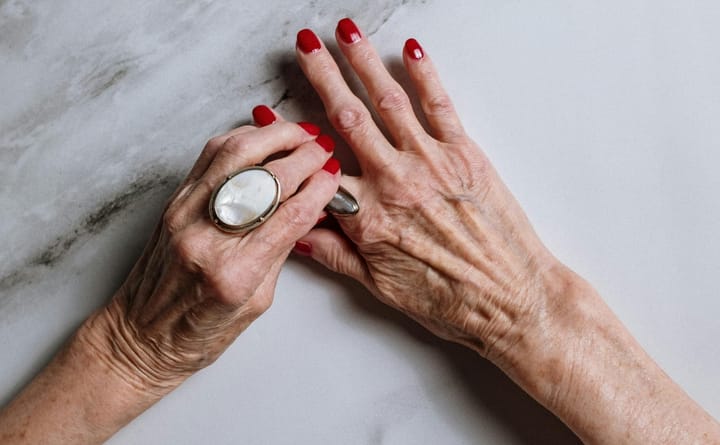Types of Monogamy (and How They Influence Non-Monogamies)
How the four types of monogamy influence nonmonogamous relationships.

Mononormativity - or the “cultural bias” that privileges monogamy (Anapol, 2010, p. x) - is both an intimate practice (or a function of a specific relationship between two people) and a public practice (or as a recognized socio-cultural relationship) (Webb, 2017). Combined, these perceptions lead to the understanding that monogamy is right and even inevitable (Kean, 2015).
Culturally, we learn about relationships through the lens of monogamy. We cannot escape its influence, but rather we have the opportunity to understand how it impacts us, what we like about it, and how we can intentionally adapt relationships that are either mindfully monogamous or non-monogamous.
In Designer Relationships, Michaels and Johnson (2015), outline four different types of monogamy - if you have been hanging out with me for awhile, you have seen these before:
- Sexual - a relationship that is sexually exclusive; however, “exclusive” means different things to different people
- Emotional - to love and to engage in deep emotional experiences with only one other person
- Social - the person who you hang out with most of the time
- Practical - domestic behavior, the person with whom you live and share finances
I always encourage folks to review these definitions and reflect on how the types of monogamy influence their perspectives on relationships. Yes, even open relationships.
For example, many people who engage in hierarchal polyamory cite that they live with their primary partner, and sharing a home and/or finances are what influences their need for hierarchy. Living with a partner is rooted in the practical monogamy type. I will refer to it as practical monogamy because even our architecture - single family homes - implicitly enforce monogamy. There is often only one primary bedroom and that bedroom is equipped with a bathroom with only two sinks.
While I know defining open relationships through the lens of monogamy can feel like perpetuating monocentricism, it is actually the first step in making personal sense of how unstated rules of monogamy influence our worldviews and ultimately our relationships.
Now, I have two important ideas to note. First, the project of understanding how monogamy influences our approaches to romantic relationships is a lifelong endeavor. No, you don't get to sit down and in a half an hour tease out all of the ways in which monogamy has covertly trained you. It is covert because you likely do not see it. You also will likely feel a little defensive about it, because there are probably some things about monogamy you like.
Second, it is okay to like some elements of monogamy! I am not saying to deconstruct and then blow up these ideas. I am saying if you understand them, you can make them intentional. And intention is one on of the biggest interrupters to mononormativity and monocentricism.
Mononormativity and monocentricism want the cultural bias to be covert. If people do not question monogamy, then there are no other viable relational options. So I ask you to question, and make personal meaning of these approaches. Then talk about what makes these things important to you in your relationships.
Even if you decide you want a monogamous relationship (sexually and romantically emotionally exclusive), the exercise of defining sexual, emotional, social, and practical monogamy is beneficial because it can clear up misunderstandings in relationships that come from assumptions about monogamy.
The process of unpacking these definitions, which are rooted in cultural biases, and actively choosing monogamy is called radical monogamy (Kassel, 2024). In my opinion, doing this work is, in fact, radical dude.
That terrible joke is my exit cue. I will leave you with this: noodle one of these definitions this week and think about how that type of monogamy influences your approach to relationships now. Don't moralize it, just witness yourself and your actions.
In curiosity,
Dr. S. Kay Webb
References
Anapol, D. (2010). Polyamory in the 21st century: Love and intimacy with multiple partners. Pennsylvania: Rowman & Littlefield Publishers, Inc.
Kassel, G. (2024). Yes, there’s more than one type of monogamy. Well+Good. https://www.wellandgood.com/types-of-monogamy/
Kean, J. (2015). A stunning plurality: Unravelling hetero-and mononormativities through HBO’s Big Love. Sexualities, 18(5-6), 698-713. doi:10.1177/1363460714561718
Michaels, M. & Johnson, P. (2015). Designer relationships: A guide to happy monogamy, positive polyamory, and optimistic open relationships. Cleis Press Start.
Webb, S. K. (2017). " There Will be More Cookies": A Discursive Exploration of Polyamorous Identity in a Monogamous World (Doctoral dissertation, University of Denver).


